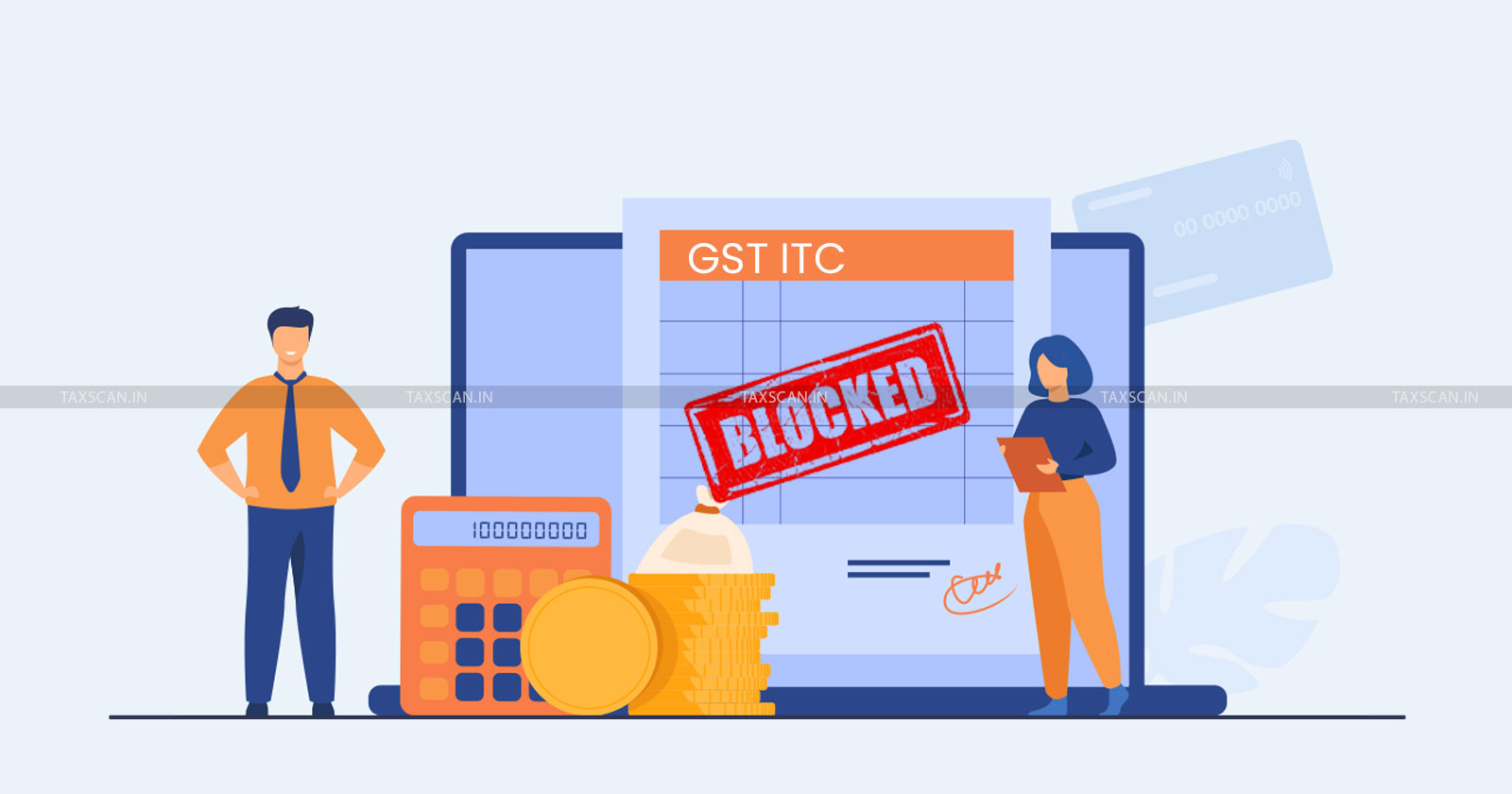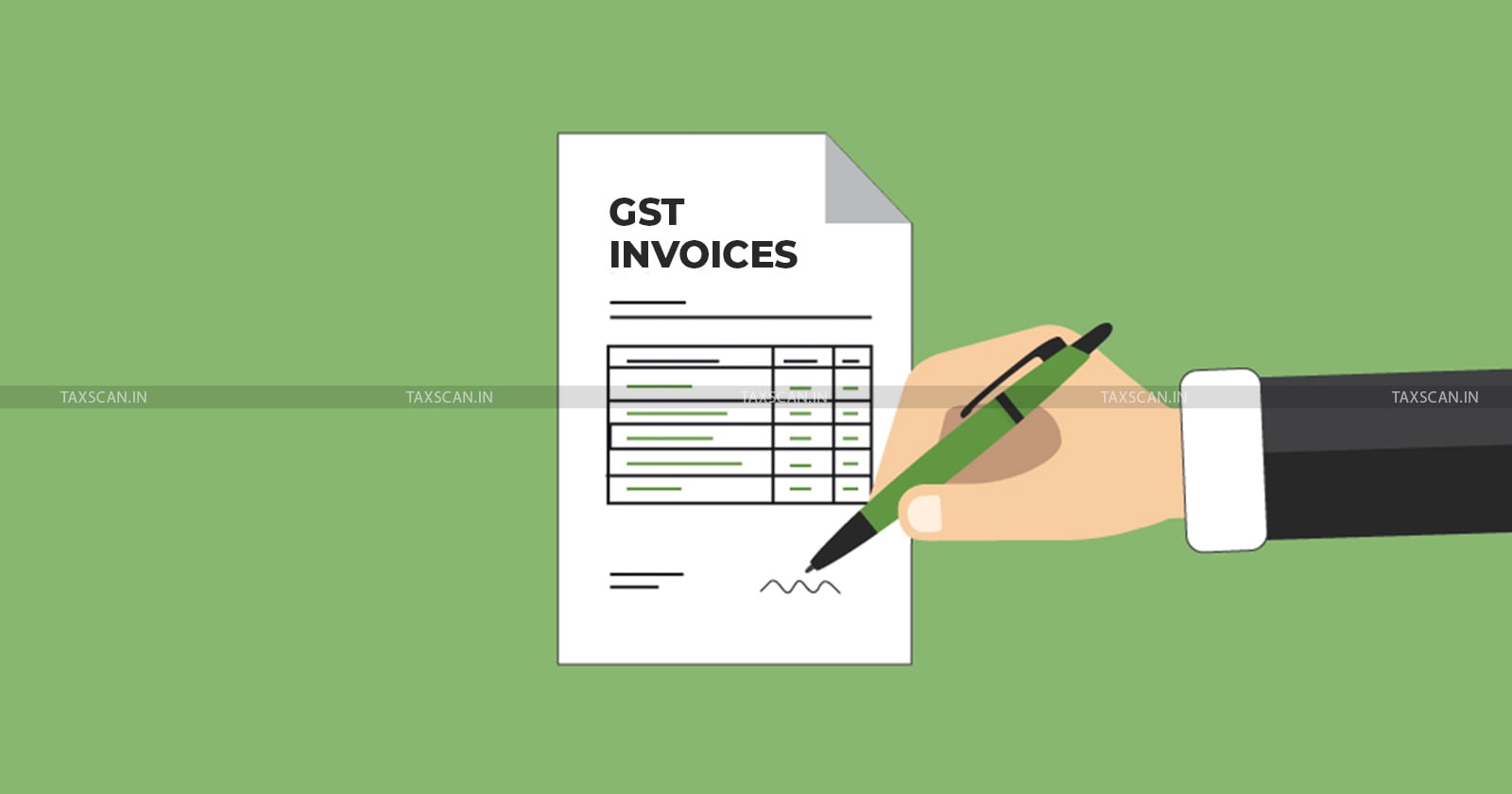ED’s Attachment Order u/s 5(1) of PMLA Not Open to Writ Challenge Without Exhausting Remedies Under the Act: Kerala HC [Read Order]
The Kerala HC ruled that ED’s attachment order under Section 5(1) of PMLA cannot be challenged through a writ without first using remedies provided under the Act
![ED’s Attachment Order u/s 5(1) of PMLA Not Open to Writ Challenge Without Exhausting Remedies Under the Act: Kerala HC [Read Order] ED’s Attachment Order u/s 5(1) of PMLA Not Open to Writ Challenge Without Exhausting Remedies Under the Act: Kerala HC [Read Order]](https://images.taxscan.in/h-upload/2025/07/23/2068003-eds-attachment-order-section-51-of-pmla-eds-attachment-order-taxscan.webp)
In a recent ruling, the Kerala High Court held that a provisional attachment order issued by the Enforcement Directorate under Section 5(1) of the Prevention of Money Laundering Act (PMLA), 2002, cannot be challenged through a writ petition before the available statutory remedies under the Act are exhausted.
Dinesh Parshuram Amin, a former director of Vipul Shipyard Pvt. Ltd., filed a writ appeal challenging the ED’s attachment of his movable and immovable properties. The petitioner’s counsel argued that the attachment order was illegal and premature because the underlying criminal proceedings were still pending and the predicate offence had been stayed by the High Court.
 Also Read:Blocked GST ITC u/r 86A Must Be Released if Appeal is Filed by Depositing 10% Disputed Tax: Madras HC [Read Order]
Also Read:Blocked GST ITC u/r 86A Must Be Released if Appeal is Filed by Depositing 10% Disputed Tax: Madras HC [Read Order]
They further argued that the ED had no authority under Section 54 of the PMLA to freeze bank accounts through informal instructions before issuing a formal attachment order, and that such actions caused significant financial hardship and violated his legal rights.
The Enforcement Directorate’s counsel argued that all procedures under Section 5(1) of the PMLA were followed, and a complaint under Section 5(5) had already been filed before the adjudicating authority.
Mastering PMLA Compliance with Practical Clarity and Legal Precision, Click Here
They argued that the petitioner had an adequate statutory remedy available under the Act, including the opportunity to respond before the adjudicating authority and to pursue an appeal thereafter.
The division bench comprising Justice Raja Vijayaraghavan V and Justice K. V. Jayakumar observed that the Prevention of Money Laundering Act is a self-contained legal framework with a clear mechanism for redressal.
 Also Read:Arrest Over ₹8.36 Crore Fake ITC Claim Using Bogus GST Invoices: Punjab & Haryana HC Grants Bail Citing Completed Investigation and Five Month Custody [Read Order]
Also Read:Arrest Over ₹8.36 Crore Fake ITC Claim Using Bogus GST Invoices: Punjab & Haryana HC Grants Bail Citing Completed Investigation and Five Month Custody [Read Order]
The court observed that while the Assistant Director of the ED had issued letters to banks to restrict account operations before the formal attachment, such actions had no legal effect unless they were supported by the subsequent attachment order. The court also observed that any grievance regarding the attachment must be raised before the adjudicating authority as provided under the PMLA.
The court found that the petitioner had prematurely approached the High Court without availing the remedy available under Section 8 of the PMLA. It held that a writ petition is not maintainable in such circumstances, especially when a complete adjudicatory process is available under the statute.
The court dismissed the writ appeal, but allowed the petitioner to file a reply before the adjudicating authority within 30 days and directed the ED to inform the concerned banks that they may allow operations of accounts not covered under the attachment.
Support our journalism by subscribing to Taxscan premium. Follow us on Telegram for quick updates


